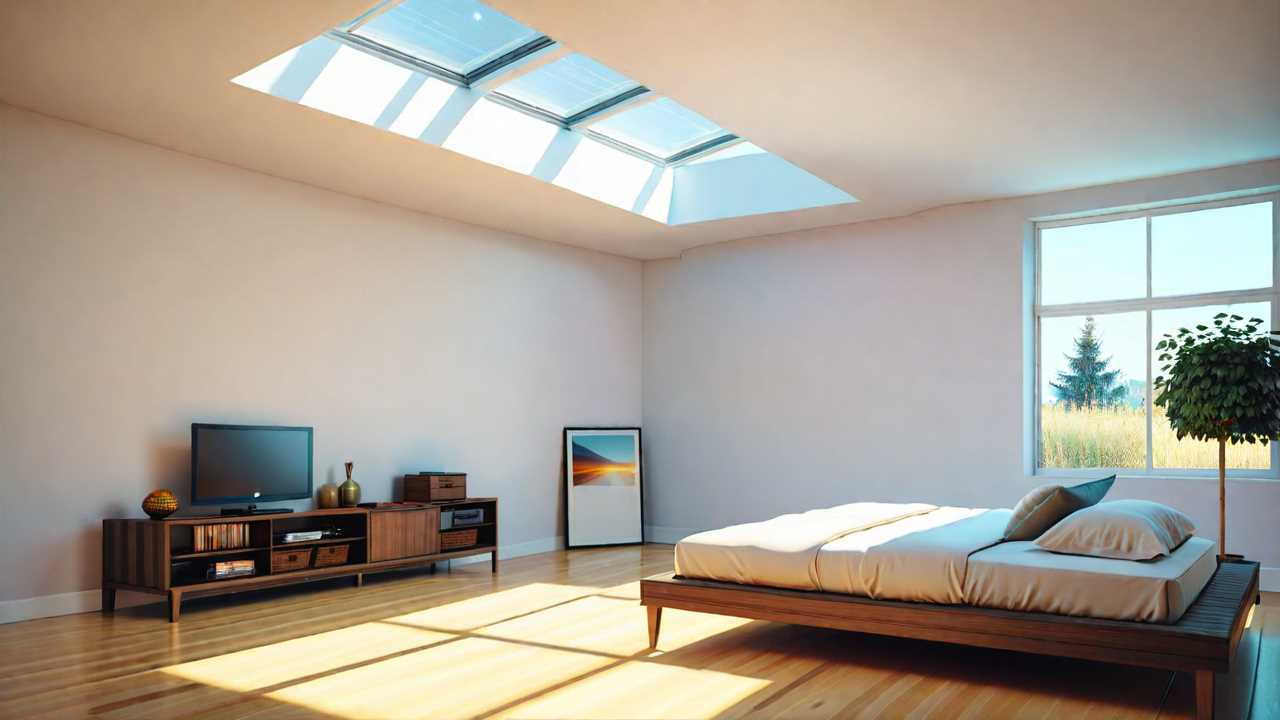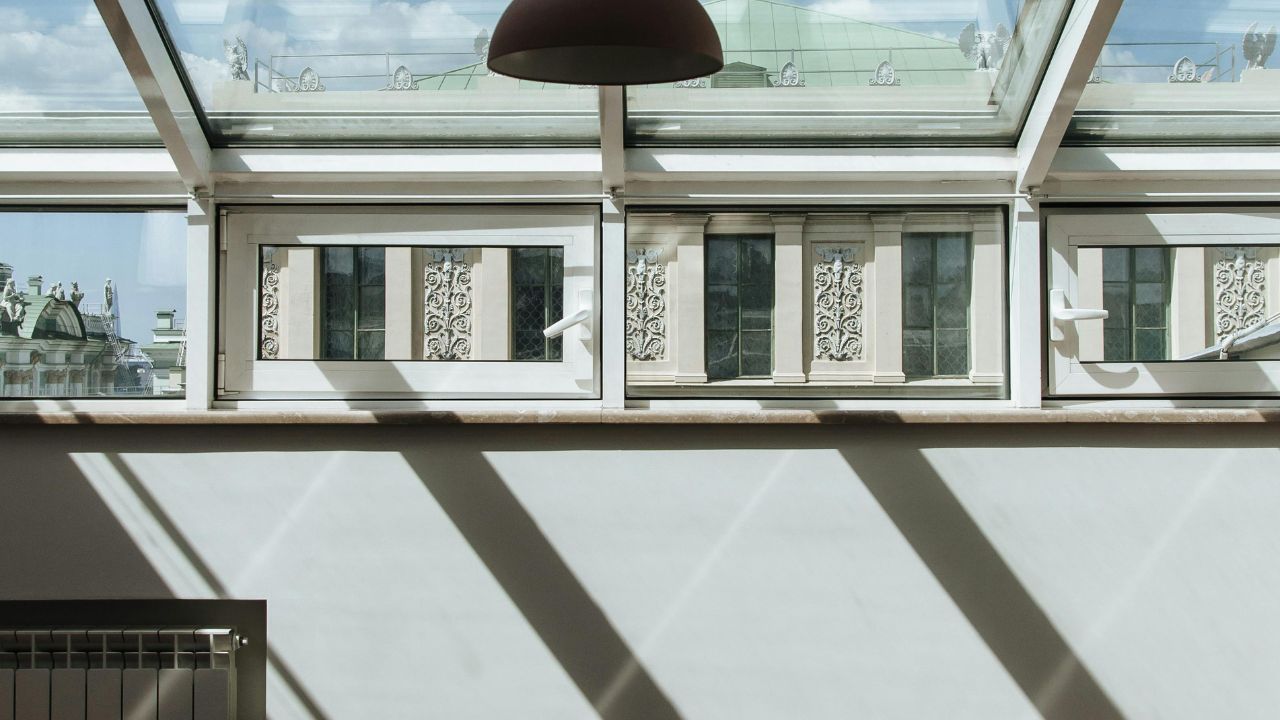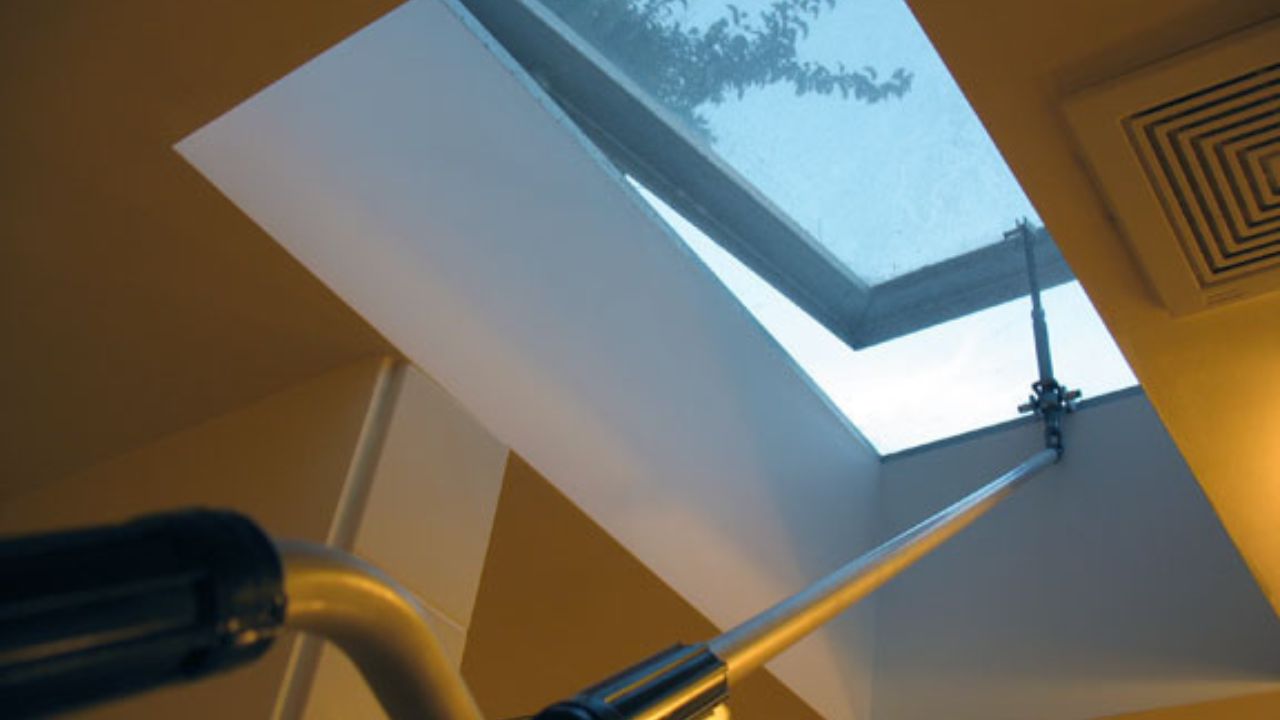
Did you know that smart glass for skylights can help reduce electricity consumption by up to 40% in buildings? With its ability to dynamically adjust light transmission and regulate temperature, smart glass skylights offer a promising solution for improving energy efficiency. But, before making a decision, it’s essential to evaluate various factors that influence electricity usage. So, let’s assess whether smart glass for skylights truly uses a lot of electricity and what you need to know to make an informed choice.
Understanding Smart Glass Technology
To comprehend smart glass technology, one must grasp the underlying principles of how it functions to control light transmission. Smart glass, also known as switchable glass or dynamic glass, operates on the basis of adjusting its light transmission properties when voltage, light, or heat is applied. This technology enables the glass to switch between transparent, translucent, and opaque states, providing users with control over privacy, glare, and heat gain. By utilizing either suspended particle devices (SPD), electrochromic devices, or liquid crystal devices, smart glass can alter its appearance in response to external stimuli.
The key feature of smart glass lies in its ability to regulate the amount of light passing through, thereby offering flexibility and customization in various settings. This dynamic characteristic allows for the optimization of natural light utilization, reducing the need for artificial lighting and enhancing energy efficiency. Understanding the intricate mechanisms behind smart glass technology empowers individuals to make informed decisions regarding its application, ultimately leading to a more comfortable and sustainable living environment.
Energy Efficiency of Smart Glass
Smart glass technology’s energy efficiency can be evaluated through its ability to optimize light transmission and reduce reliance on artificial lighting. By adjusting its transparency based on external conditions, smart glass can improve natural light penetration, minimizing the need for additional lighting sources. This feature directly impacts energy consumption, as lighting typically accounts for a significant portion of a building’s electricity usage.
Smart glass can also contribute to maintaining a comfortable indoor environment without overreliance on heating, ventilation, and air conditioning systems. By controlling the amount of sunlight entering a space, smart glass helps regulate temperature, reducing the load on HVAC systems and ultimately saving energy. Additionally, some smart glass variants offer thermal insulation properties that further boost energy efficiency by minimizing heat transfer through windows.
Factors Influencing Electricity Consumption
Factors influencing electricity consumption in buildings include the type of lighting fixtures used, the efficiency of heating and cooling systems, and the insulation quality of windows and doors. When examining the electricity consumption of smart glass for skylights, these factors play an essential role. Here are some key points to take into account:

- Lighting Fixtures: The type of lighting fixtures used can greatly impact electricity consumption. Energy-efficient LED fixtures consume less electricity compared to traditional incandescent bulbs.
- Heating and Cooling Systems Efficiency: The efficiency of HVAC systems affects electricity usage. Well-maintained systems with programmable thermostats can help optimize energy consumption.
- Window and Door Insulation: Proper insulation in windows and doors prevents heat loss or gain, reducing the workload on heating and cooling systems.
- Smart Controls: Implementing smart controls for lighting and HVAC systems can lead to more efficient electricity usage.
- Occupancy Sensors: Installing occupancy sensors can help in reducing electricity waste by turning off lights in unoccupied rooms.
Comparing Smart Glass to Traditional Skylights
When comparing smart glass to traditional skylights, the energy efficiency and performance differences become evident. Smart glass for skylights utilizes advanced technology that allows for dynamic control of light and heat entering a space. Unlike traditional skylights, smart glass can optimize natural light while minimizing heat gain or loss by adjusting its tint or opacity based on external conditions. This dynamic feature enables better energy efficiency by reducing the need for artificial lighting and heating or cooling systems. In contrast, traditional skylights offer fixed transparency, leading to potential issues such as glare, overheating, or heat loss during colder seasons.
Moreover, smart glass can be integrated with smart home systems, allowing for automated adjustments based on user preferences or environmental factors. This level of customization and control improves comfort and energy savings. On the other hand, traditional skylights lack this adaptability and are more passive in managing light and thermal properties. Overall, the comparison highlights the superior energy efficiency and performance capabilities of smart glass for skylights over traditional alternatives.
Tips for Optimizing Energy Usage
To optimize energy usage effectively, consider adjusting the settings of your smart glass skylights based on the time of day and environmental conditions. By following these tips, you can maximize energy efficiency and minimize electricity consumption:
- Utilize Scheduled Programming: Set specific times for your smart glass skylights to tint or clear based on your daily routines.
- Leverage Light Sensors: Enable light sensors to automatically adjust the tint level according to the amount of natural light entering the space.
- Monitor Weather Forecasts: Integrate weather data into your smart glass system to preemptively adjust settings based on predicted sunlight and temperature changes.
- Implement Manual Controls: Take advantage of manual controls to override automatic settings when necessary, allowing you to customize the tint level to your preference.
- Regular Maintenance: Keep your smart glass skylights clean and well-maintained to guarantee peak performance and energy efficiency.
Frequently Asked Questions
Can Smart Glass for Skylights Be Installed in Any Type of Building?
Sure, smart glass for skylights can be installed in various building types. Its adaptability allows for use in residential, commercial, and industrial settings. Consider factors like size, orientation, and desired functionality when choosing smart glass for skylights.
Does Smart Glass for Skylights Require Special Maintenance?
Maintaining smart glass for skylights is straightforward. Regular cleaning and occasional inspections are all that’s needed. Keeping a close watch on the system guarantees peak performance and longevity. With care, it can last for years.
Are There Any Health Benefits Associated With Smart Glass Skylights?
For health benefits, smart glass skylights can optimize natural light, aiding in mood improvement and vitamin D synthesis. They may boost productivity and regulate circadian rhythms, promoting a more balanced and healthier lifestyle.
Can Smart Glass Skylights Be Integrated With Home Automation Systems?
When integrating smart glass skylights with home automation systems, you can effortlessly control lighting and shading levels. This feature improves energy efficiency and provides convenience. Remember, ‘The early bird catches the worm,’ so adopt the benefits of smart technology.

What Is the Expected Lifespan of Smart Glass for Skylights?
Smart glass for skylights usually provides a lifespan of 20-30 years, depending on usage and maintenance. Regular cleaning and proper care can prolong its longevity. Adopt this durable solution for long-lasting natural light control in your space.